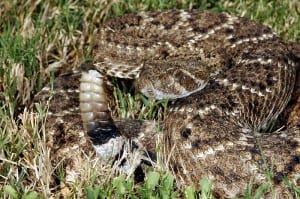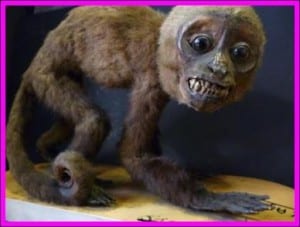Following the success of How to Get a Head: A Hands on History of Skulls, Curator Mark and I put together a second “Hands on History” tackling the evolution of all things at the end of arms – hands, paws, hooves, wings, fins, flippers.
Piling the tables with limbs from koalas, badgers, frogs, turtles, platypuses, rabbits and more we worked through the story of where arms come from, and what we can learn from the strange lumps and bumps that different species have on their limbs. For example, rabbits have a massive projection out of the the back of their ulnas (the olecranon process) – we asked people to work out what it’s for. As with most things sticking out of bones, it’s a very big muscle attachment site for the rabbit tricep – they need strong muscles for bounding. Another leporine (rabbity) characteristic is that the two bones of the lower arm (radius and ulna) are nearly completely fused together. We asked why…
It means that rabbits can’t twist their wrists like we can (pronation and supination) – again because they need strong solid arms for bouncing – they don’t want their hands to face anyway but downwards and forwards.
The ever-wonderful UCL Events Blog did an impartial review of the event. It begins…
The UCL Grant Museum of Zoology is currently running its ‘Humanimals’ series, where it explores the relationships between ourselves and other animals.
Last week (2 February), I went along for A Hands On History of Hands; a whistlestop tour of the evolution of hands and forelimbs through the ages, stopping to look at some of the interesting examples along the way.
The guides on our tour were zoologist Jack Ashby and palaeontologist Mark Carnall, with a little help from Stan, the resident (replica) skeleton.
The Grant Museum was founded as a teaching collection, and it seems that the current crop of curators are keen to continue this legacy. This is the second night like this that they have run, and for a modern museum it seems to a pretty radical idea; not only can enthusiasts visit and explore the museum after hours, but we are actually given the chance to interact with some of the exhibits.
Read the whole thing here.
Please let us know if you have suggestions for other “Hands on History” event topics.
 Close
Close








